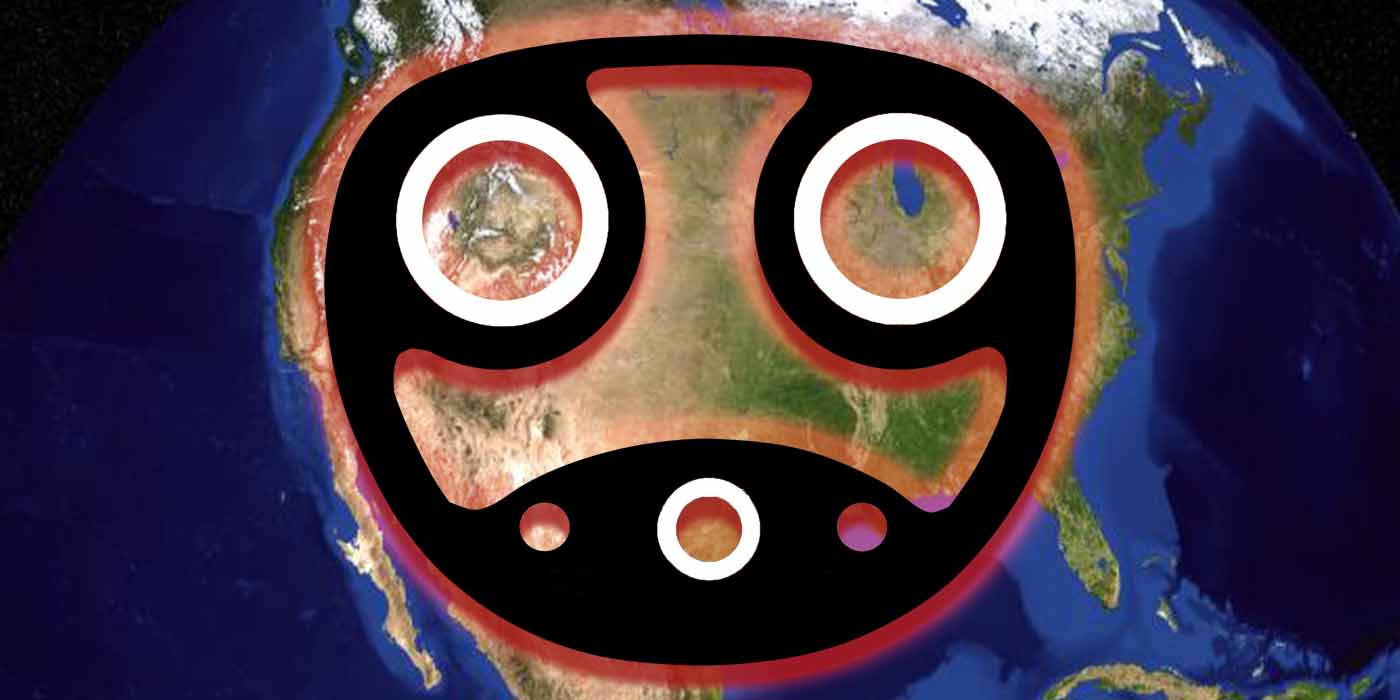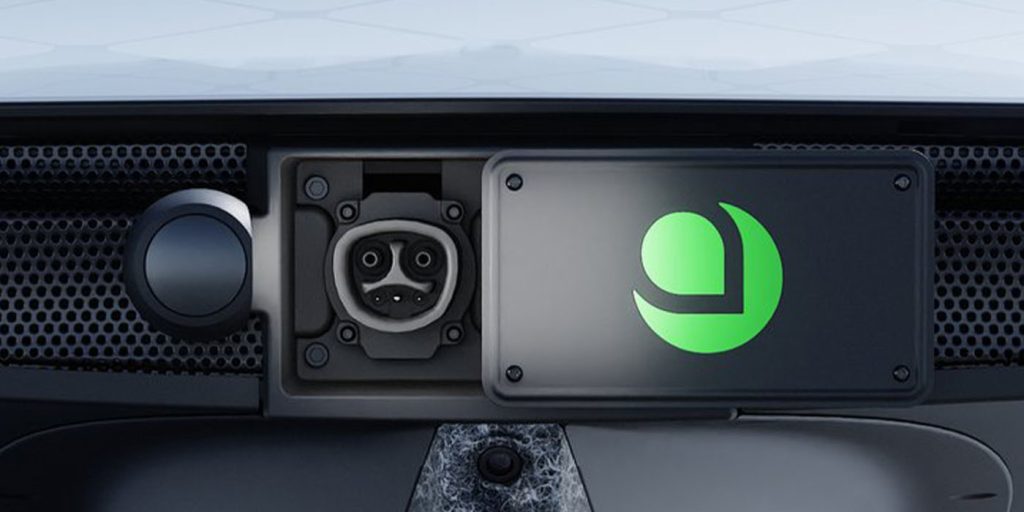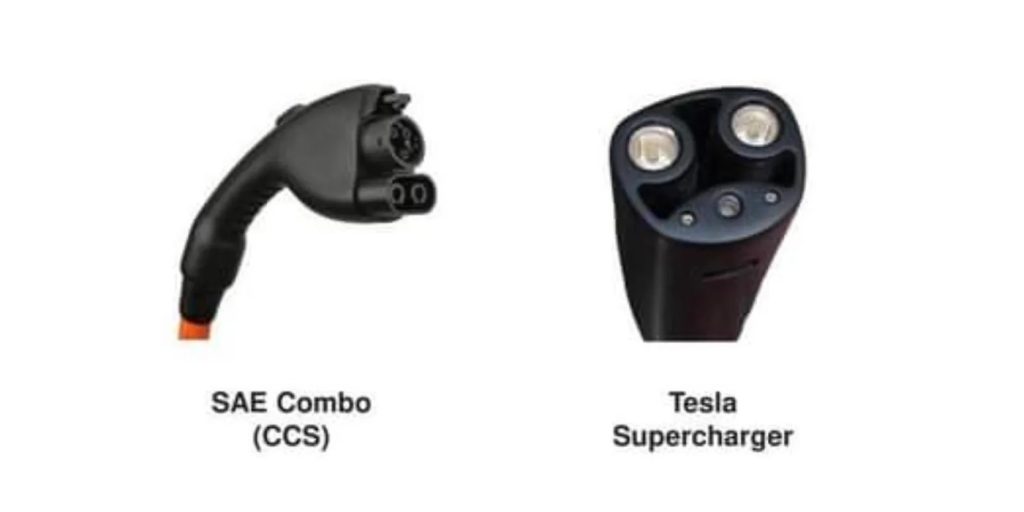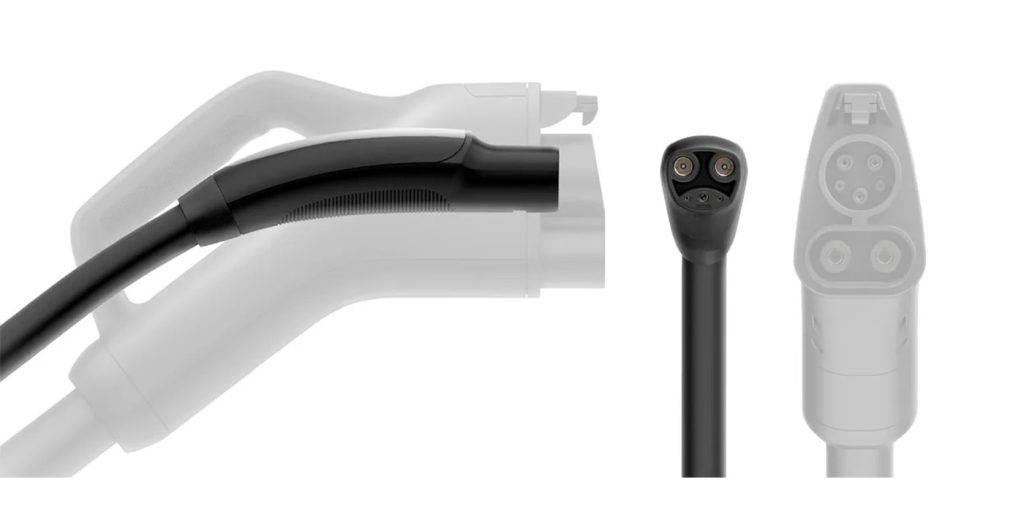
There’s been a lot of chatter amongst the EV industry lately about the North American Charging Standard, better known by the initialism “NACS.” The charging standard originally introduced by Tesla is quickly becoming the preferred charging plug and doesn’t seem to be going anywhere anytime soon. All the more reason to stay in the know since your next EV could very well use NACS to charge.
Table of contents
The birth of a new charging standard
Like several of the EV technologies automakers have adopted and implemented today, Tesla paved the way. The American automaker decided to develop its own charging plug en route to establishing a proprietary charging network that would become today’s ultra-reliable Supercharger Network.
Back in 2012 with the launch of the Model S sedan, Tesla first introduced its proprietary charging standard, referred to as the Tesla Charging Connector (brilliant nomenclature, right?). The standard would be adopted for the American automaker’s three proceeding EV models as it continued to implement its Supercharger network around North America and into new global markets where its EVs were being sold.
Still, CCS has held a respectable reign as the inherent standard in EV charging after quickly ousting Japan’s CHAdeMO plug back in the early days of EV adoption when the Nissan LEAF was still a global leader. Since Europe uses a different CCS standard than North America, Tesla’s built for the EU market use CCS Type 2 connectors as an additional option to the existing DC Type 2 connector. As a result, the automaker was able to open up its Supercharger network to non-Tesla EVs overseas much sooner.
Despite years of rumors about Tesla opening up its network to all-EVs in North America, it wasn’t until recently it actually happened. Given that the Supercharger network remains, without argument, the largest and most reliable on the continent, this was a huge win for EV adoption as a whole and has led to the establishment of the NACS as the preferred method of charging.
Tesla charging connector? No, NACS
In the 11 years since the Tesla Supercharger was introduced, its network has grown to over 45,000 charging piles (NACS, and SAE Combo) around the globe. Recently, Tesla began opening up its exclusive network to non-marque EVs thanks to a new adapter it calls the “Magic Dock.”
This proprietary dual connector allows for charging across both NACS and SAE Combo (CCS Type 1)
plugs and is slowly but surely rolling out to Supercharger stations across the continent. As plans to open its network up to other EVs were coming fruition, Tesla announced it was renaming its charging plug the North American Charging Standard (NACS).
The move quickly drew criticism from legacy automakers going electric, as the SAE Combo was still the actual charging standard. Tesla, on the other hand, argued that NACS should be adopted because its adapter is significantly more compact. It also offers more seamless connection and access to the Supercharger network as thousands of piles are being replaced with Magic Docks.
Like many new technologies and ideas, the general population threw out a blend of both skepticism and excitement, but the combo with CCS protocol has remained the go to charging standard. However, a startup known for thinking outside the box in EV design offered a catalyst in NACS charging adoption we’re watching just begin to catch fire today.

The industry hops on the NACS hype train
Last summer, solar EV startup Aptera Motors truly got the NACS adoption train rolling before Tesla had even opened up the standard to others. Aptera said it saw the potential in NACS charging and even created a petition to make it the true standard on the continent, garnering nearly 45,000 signatures.
By fall, Aptera was publicly debuting its Launch Edition solar EV, complete with NACS charging with the permission of Tesla. It even added DC fast charging capabilities as the request of its passionate community.
Having Aptera onboard NACS was big for Tesla, but not that big. The startup hasn’t even reached scaled SEV production yet. The real momentum for NACS adoption would come months later when Tesla announced a surprising partnership with a proper rival – Ford Motor Company.
Beginning next year, Ford EV owners will gain access to 12,000 Tesla Superchargers in the US and Canada using an NACS adapter that will be offered directly to them. Furthermore, new Ford EVs built after 2025 will come with the NACS charging port already integrated into their design, eliminating any need for adapters.
Top comment by emulajavi
CCS is mainly a protocol.
There are multiple connectors that support CCS protocol.
SAE Combo (also called CCS1): J1772 + 2 big DC pins at the bottom
Combo 2 (also called CCS2): Type2 + 2 big DC pins at the bottom
Tesla Connector (now called NACS) has been CCS-compliant since 2019.
The Tesla Connector, which already was CCS capable, has proven to be a superior design for places where no 3-phase electricity is common, like the USA, so it will replace the SAE Combo, but the protocol will still be CCS.
Less than two weeks later, another major American automaker announced a partnership with Tesla to adopt NACS charging – General Motors. GM offered the same strategy as Ford in integrating adapters for initial customers followed by a full NACS integration in 2025. This announcement all but confirmed that NACS is in fact the new standard on the continent and further established the trio as a new “big three” in American EV manufacturing.
Since then, the flood gates have opened, and we’ve seen a press release almost daily from charging networks and equipment manufacturers vowing to follow suit and adopt NACS access for charger customers. Here are a few:
With a slew of major players in the EV and charging world now onboard, Tesla’s Supercharger network is growing in size and value, and could be worth as much as $100 billion. Meanwhile, the American automaker continues to open up access to its chargers to non-Tesla EVs in new markets like China.
Looking ahead, the SAE Combo will remain a standard in North America for the time being, but it appears to be on borrowed time as three of the world’s largest automakers are transitioning to NACS. Some other OEMS are sure to dig their heels in and stick with the SAE Combo with CCS, but we may one day see the plug out to pasture next to CHAdeMO as yet another stepping stone to smaller, faster, and more universal charging standards.
NACS Charging FAQ
North American Charging Standard.
Tesla introduced NACS charging in 2012 with the launch of its Model S sedan and its own proprietary Supercharger network.
No. At least not yet. The charging standard is just beginning to be hailed as the new method of charging in North America only. Europe still primarily uses the CCS Type 2 standard. That could always change though, but it will take time.
There are more and more each day, but major ones to note are Tesla (obviously), Ford, GM, and Aptera. Other legacy automakers like Stellantis have not ruled out switching to NACS, but are not ready to commit just yet.
The NACS plug is smaller and more compact, and offers more seamless access to Tesla’s growing Supercharger Network – arguably the most reliable and established on the planet.
Yes. Tesla is in the process of opening its charger network up to most all EVs, whether they have NACS capabilities or not. Older or CCS-type EVs will be able to connect using Tesla’s Magic Dock adapter.
FTC: We use income earning auto affiliate links. More.





Comments